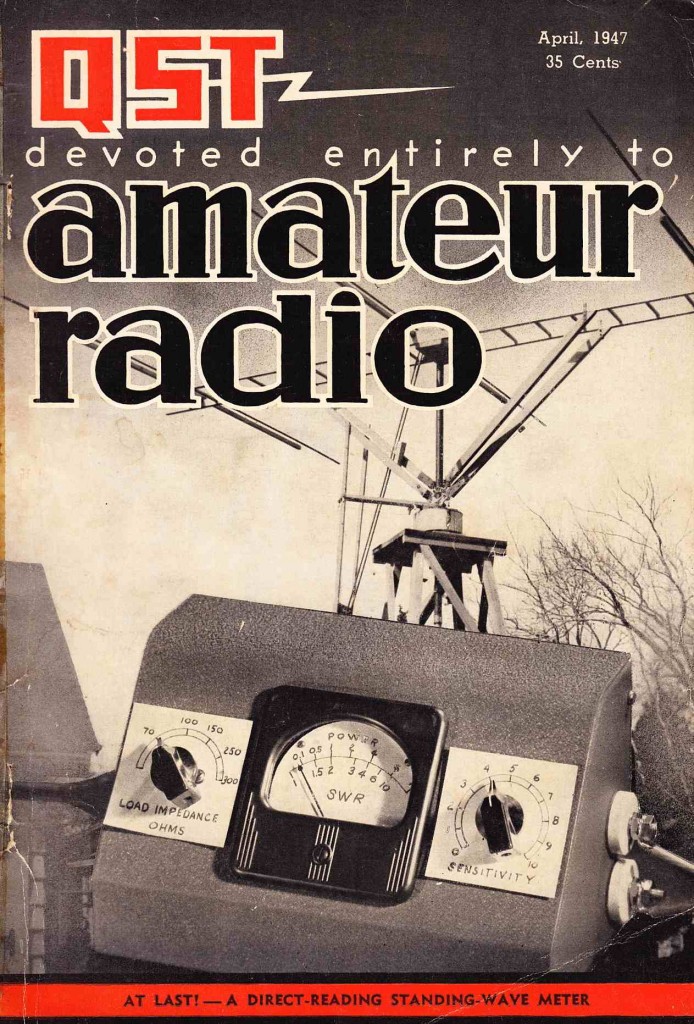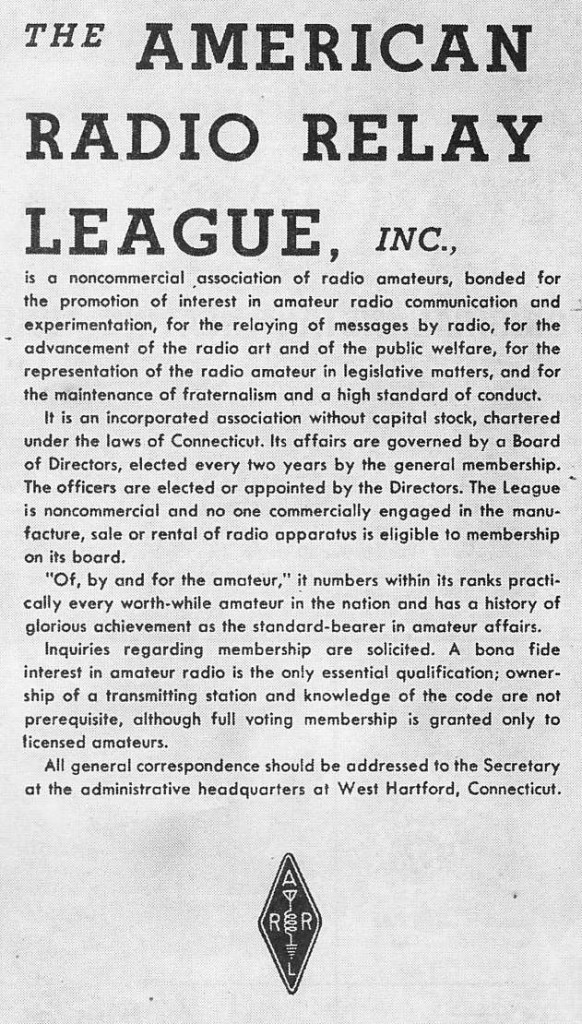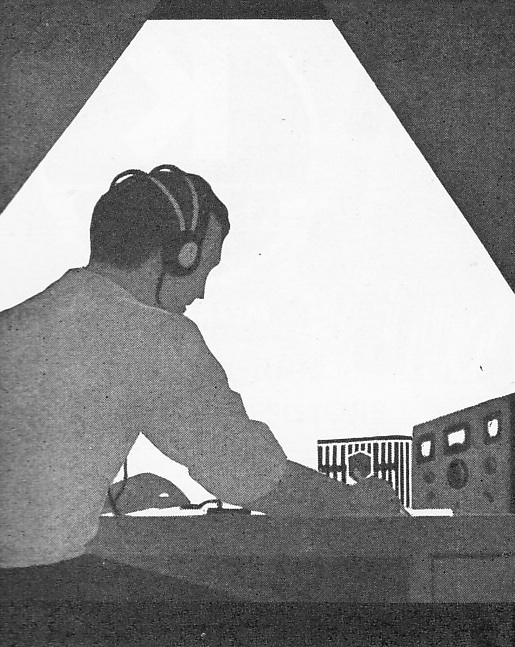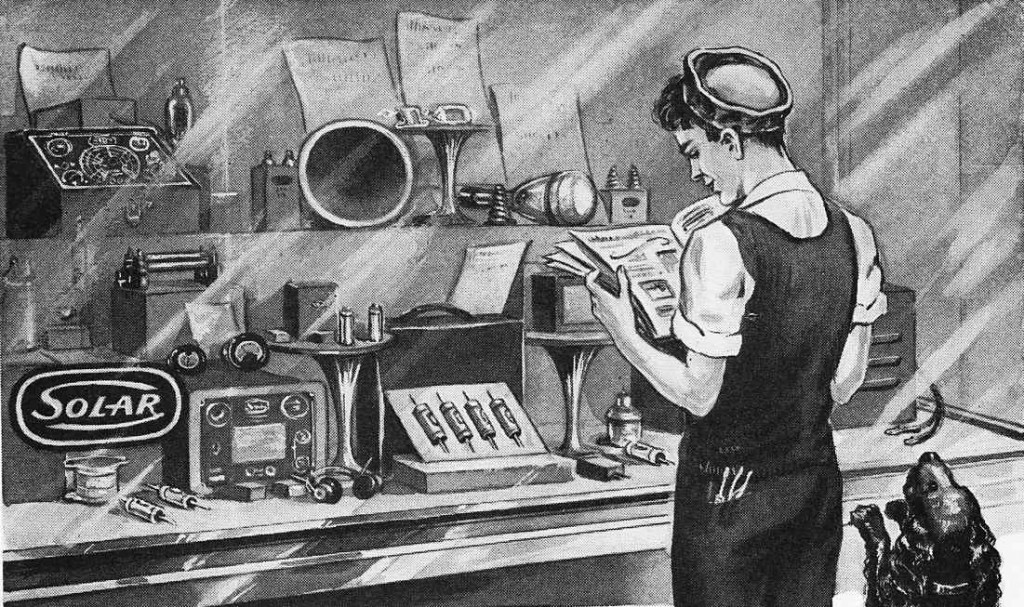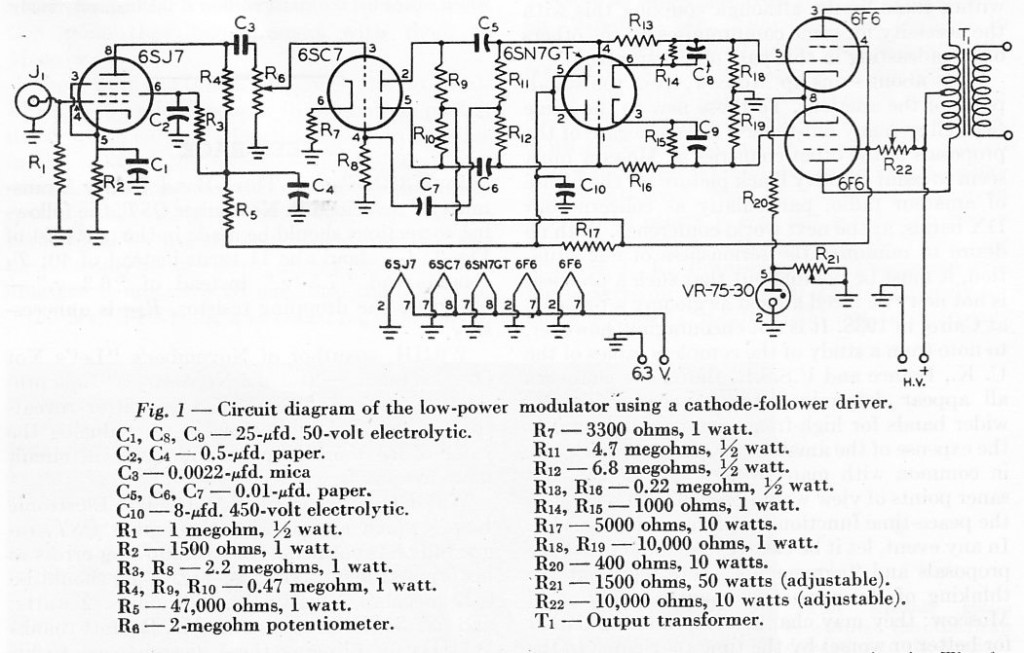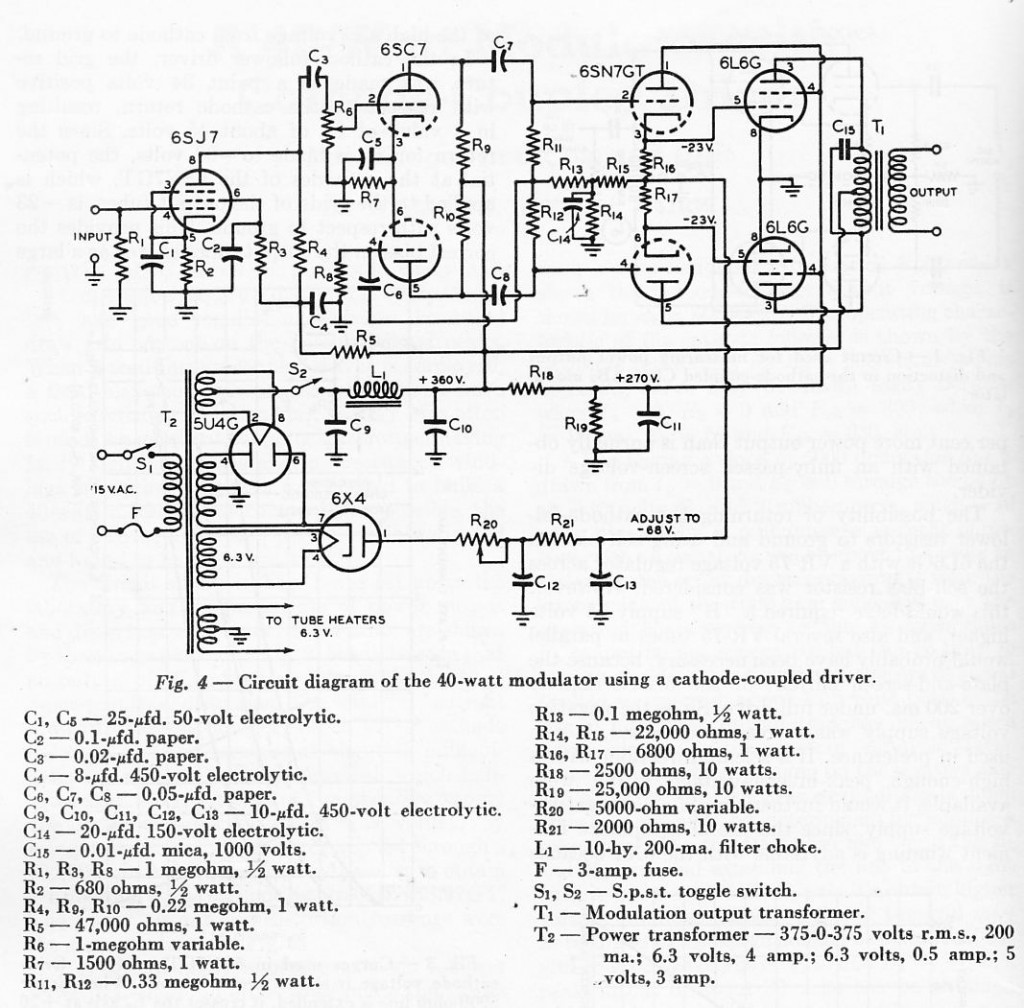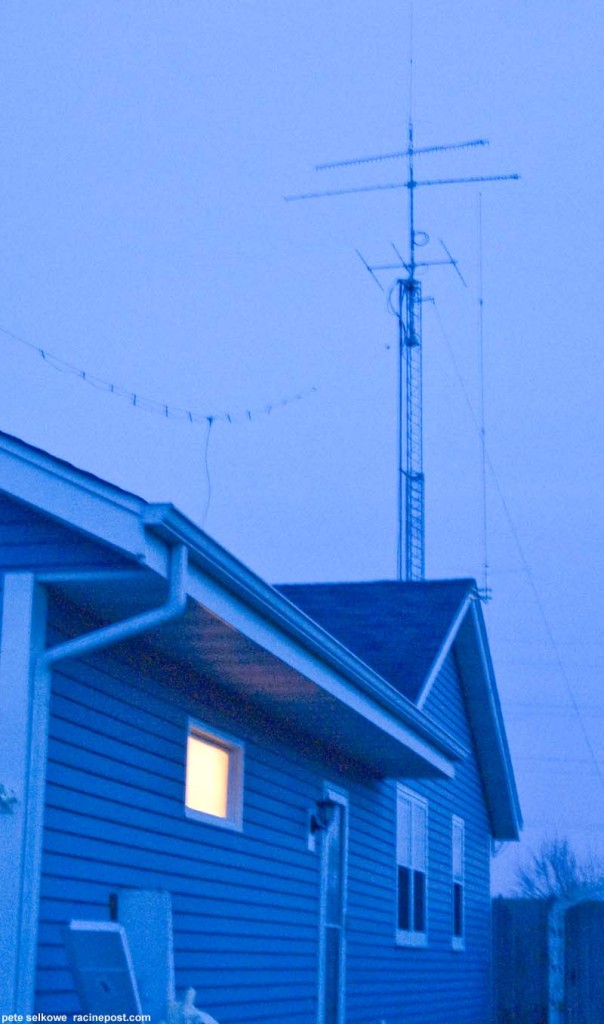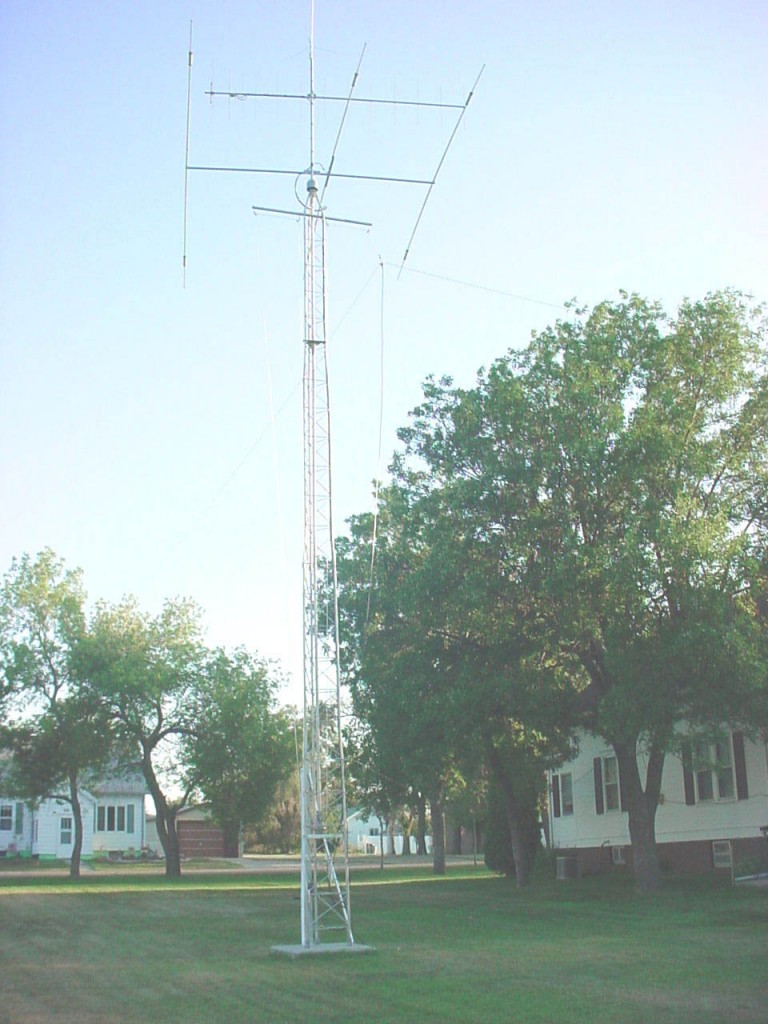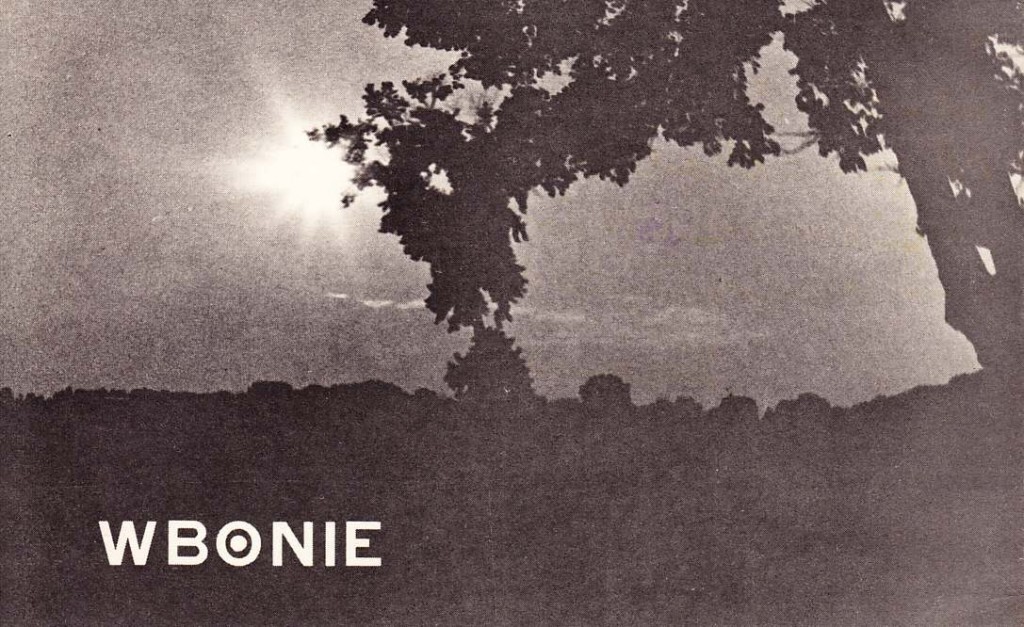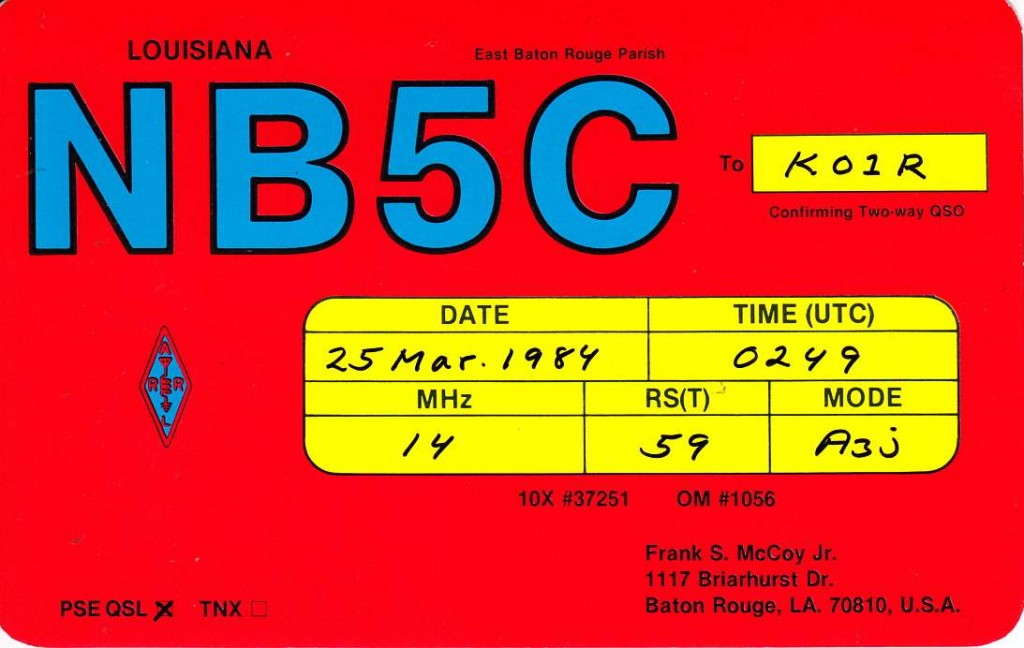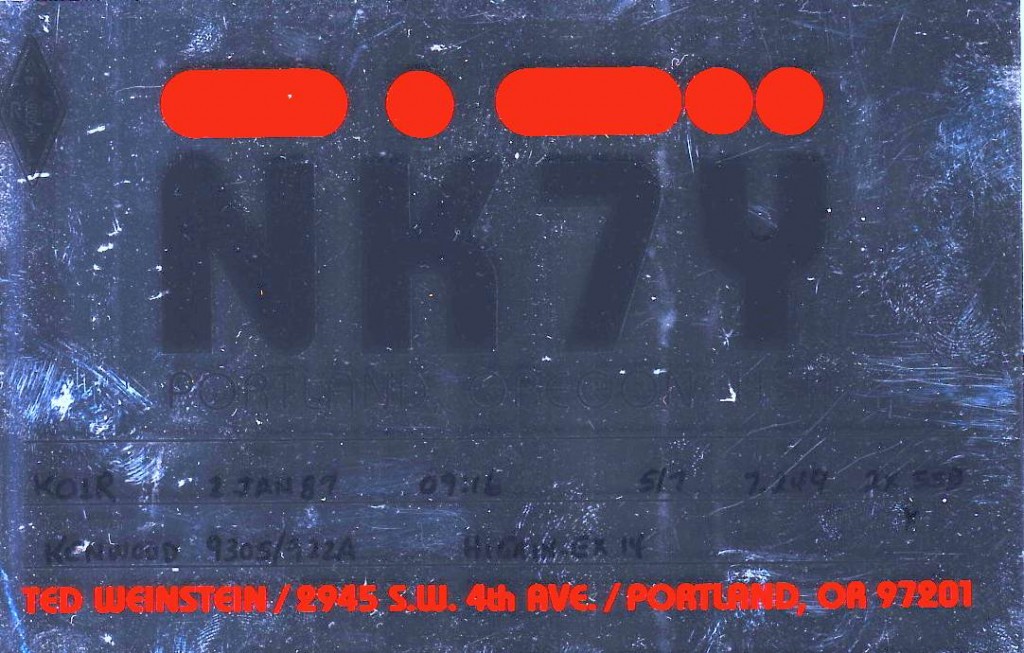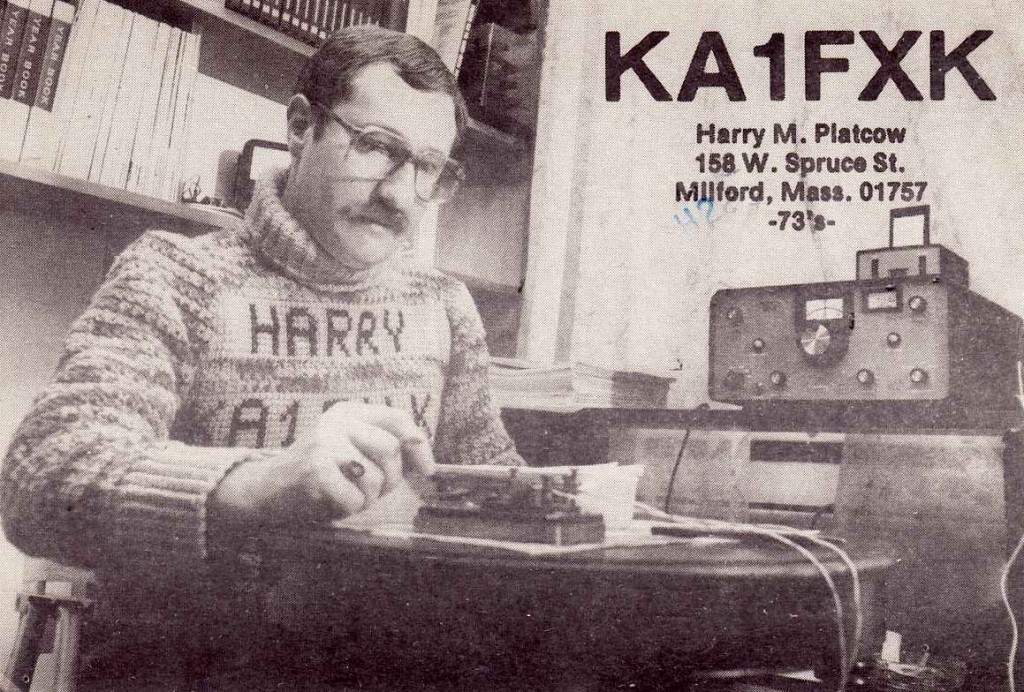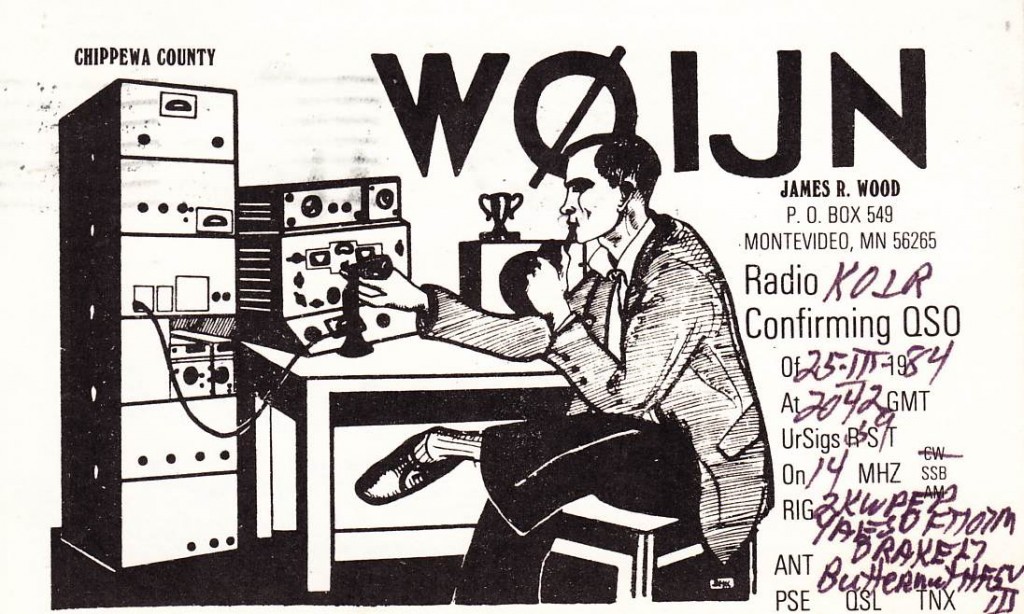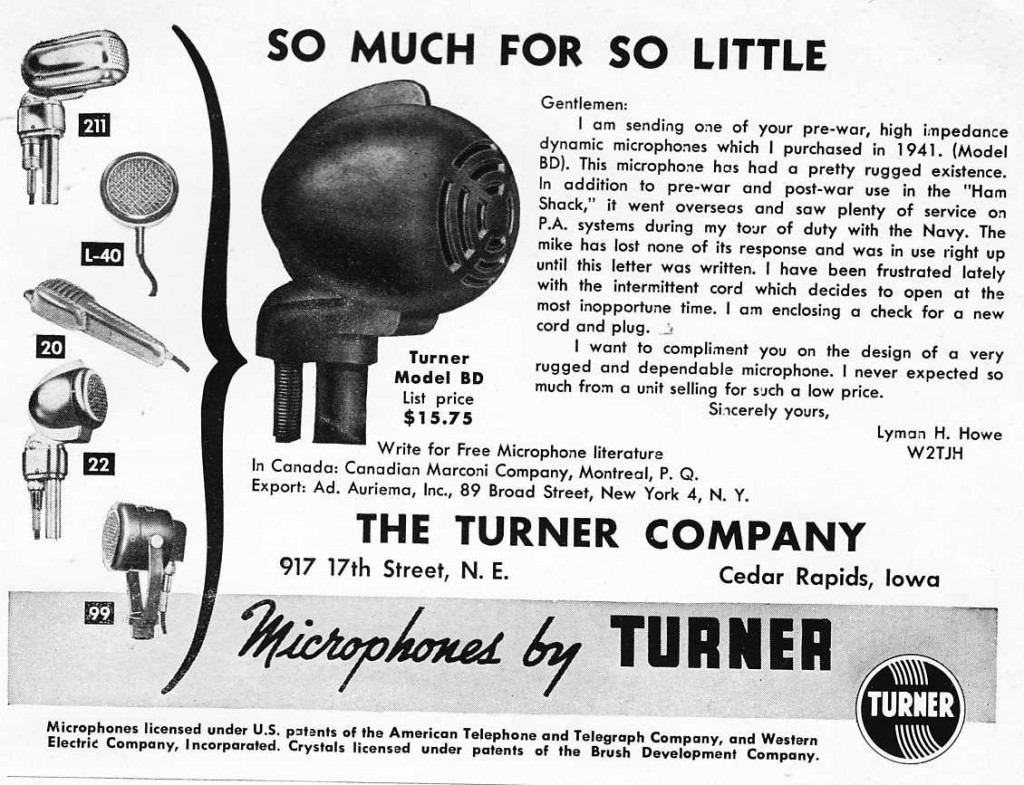 The Turner Model BD Microphone
The Turner Model BD Microphone
Today we’ll look at several Turner microphones of the 1940s which were marketed to Radio Hams in the pages of QST. The development and marketing of recording-studio microphones is generally oriented towards full frequency response, low self-noise, and the ability to handle large sound-pressure levels without distortion. The development and marketing of live-sound, I.E., PA-system microphones places a definite emphasis on these points as well, but with an equally strong emphasis on durability and feedback rejection. Ham, or ‘communications’ mics, on the other hand, have the unique distinction of being designed to emphasize the frequency range most necessary to intelligible human speech: approx 500hz to 5000hz. This is done to ensure that the broadcast will only issue forth the necessary sonic information: the communication value of the words themselves. Fidelity to the actual tone and timbre of the speaker, and/or the sonic representation of the speaker’s environment (IE the room he/she is in) are irrelevant for this activity. So when you think about that ‘old mic’ sound, yeah, it is somewhat the result of primitive technology. But it is also in-part an intentional, engineered condition.
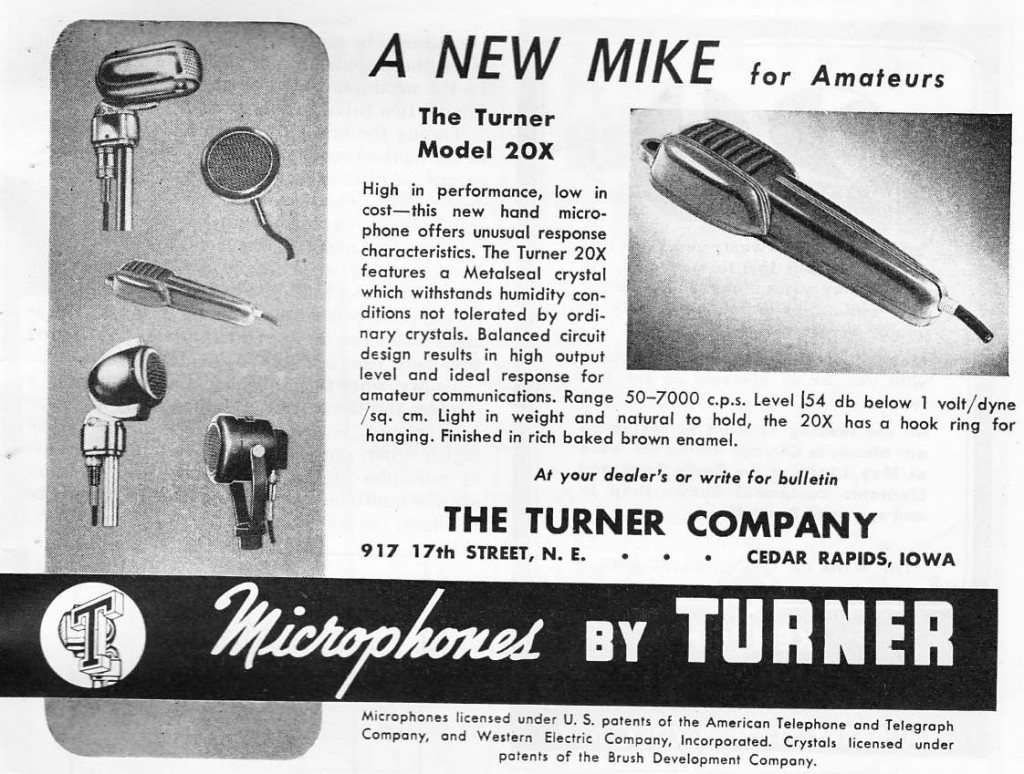 The Turner Model 20X Microphone
The Turner Model 20X Microphone
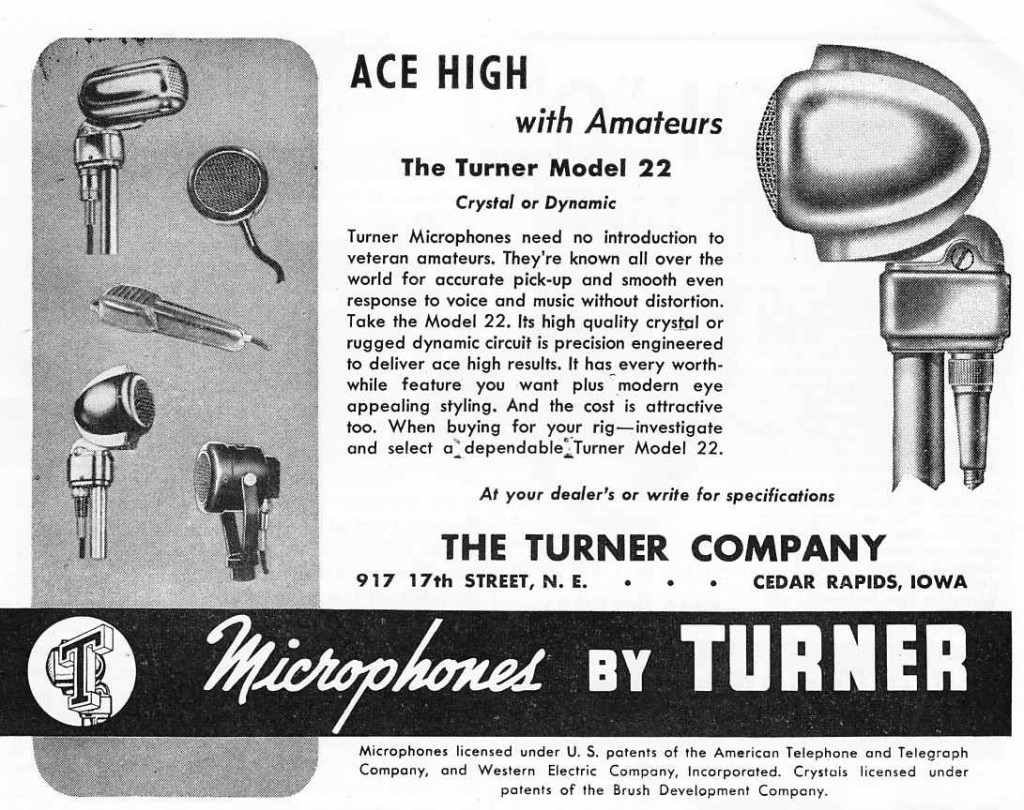 The Turner Model 22 Microphone
The Turner Model 22 Microphone
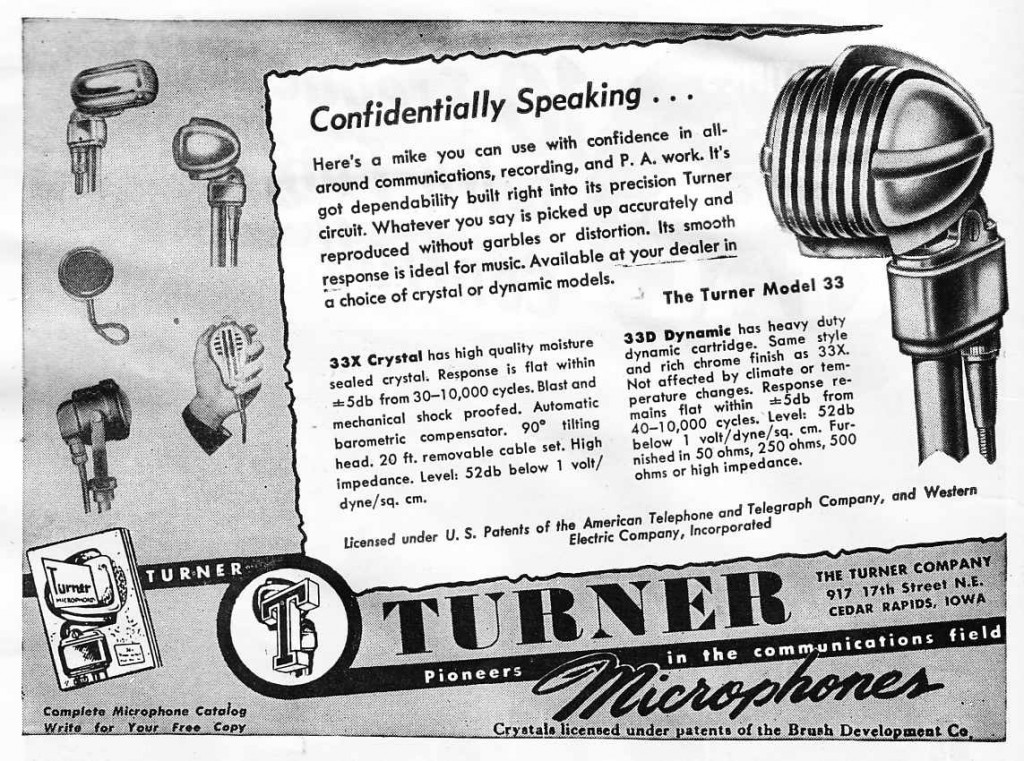 The Turner Model 33 Microphone
The Turner Model 33 Microphone
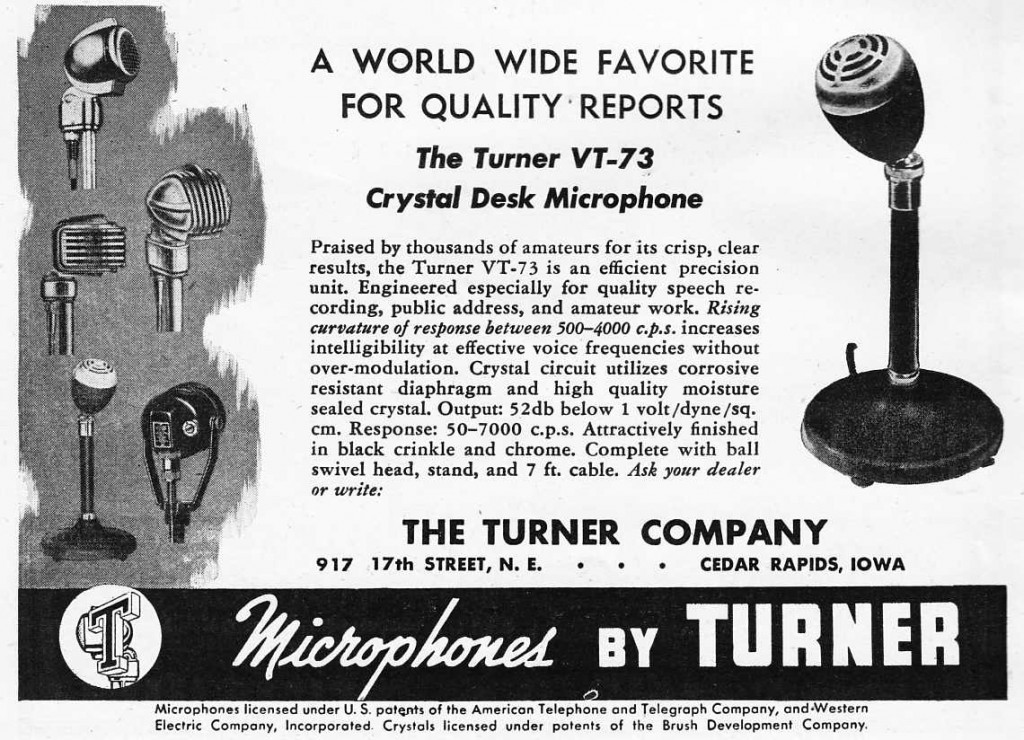 The Turner Model VT73 Microphone. This model of microphone was also manufactured with a built-in control knob to operate a wire recorder. Not so different from the USB ‘podcasting’ mics of the 2010’s: combining the acoustic-pickup device with certain elements of the actual recording apparatus (I.E., the d/a convertor and mic preamp) into a single unit.
The Turner Model VT73 Microphone. This model of microphone was also manufactured with a built-in control knob to operate a wire recorder. Not so different from the USB ‘podcasting’ mics of the 2010’s: combining the acoustic-pickup device with certain elements of the actual recording apparatus (I.E., the d/a convertor and mic preamp) into a single unit.
